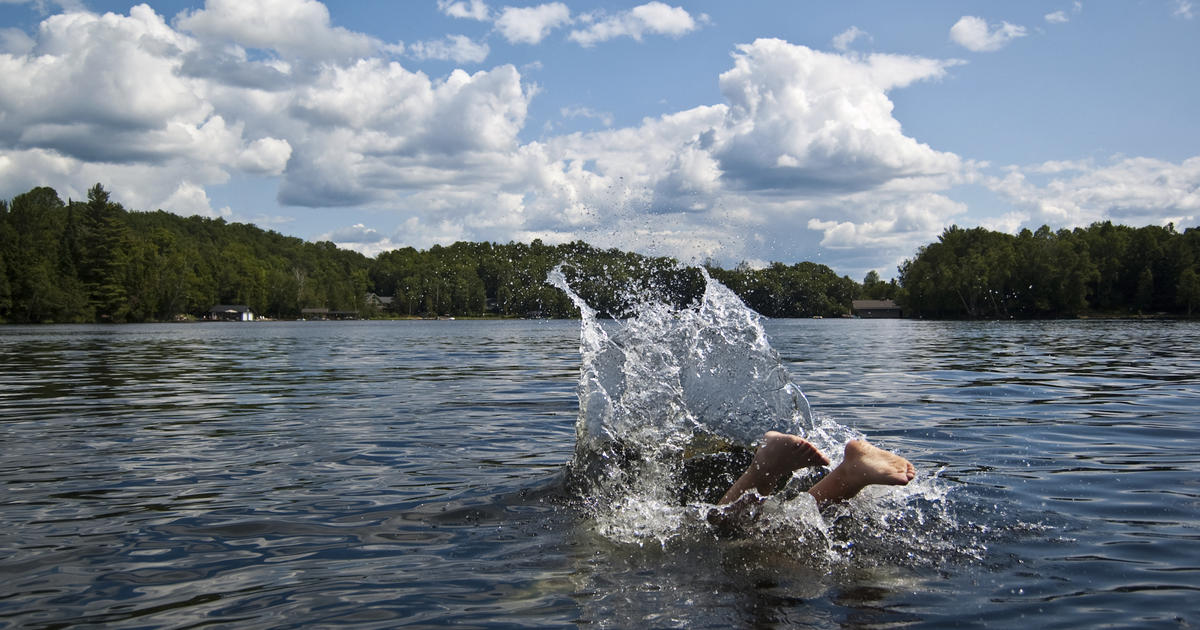What Causes Warts?
Warts are common benign skin growths that develop when a virus infects the skin. Warts can range a great deal in color, size, and appearance. Some are small, flat, and skin-colored, others are raised and dark. Warts can be flat and smooth, thick and bumpy, or project off the skin. They can also develop anywhere although they are most common on the hands, face, and feet. Don't believe the myth warts come from touching toads and frogs. This is not true and likely got started because children get warts more often than adults. Here's what really causes warts.
Exposure To Wart-Causing Viruses

Common warts are the result of a viral infection in the outer layer of the skin. Warts are caused by exposure to wart-causing viruses in the human papillomavirus (HPV) family. When these viruses invade the skin through a small scratch, cut, or damage, they cause rapid growth of skin cells on the outer layer that creates the wart. There are more than one hundred types of HPV, and they are found everywhere. Most individuals come in contact with HPV before they reach adulthood and most have at least one wart in their life. Warts are usually on the hands as the virus is acquired by touching contaminated items.
Because warts are the result of a viral infection of the skin, they are contagious. A wart can be spread by contact with the wart itself or something that has touched the wart.
Get to know the next cause of warts by reading more now.
Cuts From Shaving

The virus that causes a wart typically needs to enter the skin to cause a wart. The most common way for this to happen is through a small cut or nick. Cuts from shaving are a common means for causing an infection. This is why men tend to develop warts around the beard area while women are more likely to develop warts on their legs.
Keeping your skin as nick- and cut-free as possible is one of the best ways to prevent warts, although this can certainly be a challenge. Always use a sharp, new razor when shaving to reduce the risk of nicks. If you develop a wart in an area where you shave, shaving over the wart can easily spread the virus to the razor and other regions of the body. Suffocate the wart with tape or nail polish to contain it and keep it from spreading and shave around the wart until it goes away.
Continue reading now to learn more about the causes of warts.
Damage To The Skin

HPV can infect the outer layer of the skin through any damage to the skin. Along with nicks from shaving, skin can also be damaged by a bug bite, a scratch, a wound, or something even more innocuous. Biting your fingernails can lead to a wart on your fingers by damaging the tender skin around the fingernail, especially the cuticle. Dry skin that cracks and develops fissures can also give HPV a way into the skin.
One of the best ways to minimize the risk of getting a wart is keeping your skin moisturized and healthy to avoid fissures, cuts, and openings that make it easy for the HPV virus to enter the skin. Avoid pulling on hangnails or biting your fingernails and use a sharp razor while shaving.
Reveal more causes of warts by continuing to read now.
Improper Protection In Warm And Moist Environments

Strains of HPV that cause warts thrive in moist, warm environments including locker rooms, showers, and public swimming areas. Improper protection in warm and moist environments makes it more likely for a wart to develop. When in moist, hot environments like public locker rooms, showers, and gyms, avoid walking barefoot. Use flip-flops or sandals to prevent an infection of the skin Another common source of warts on the feet is wearing socks damp with water or sweat. Keep your feet dry by wearing extra-absorbent socks, especially when staying active, such as hiking outdoors.
It's time to discover the next cause of warts. Keep reading now.
Wet And Soft Skin From Lengthy Water Exposure

Warts can grow anywhere, including the legs, feet, hands, arms, and face. While all the virus needs to grow is damage to the skin, HPV thrives in moist, warm environments. Wet and soft skin from lengthy water exposure increases the chances of the virus entering the skin and causing a wart by giving the virus the ideal environment to grow.
Filiform warts, a specific and recognizable type of wart, are more prone to growing in soft, wet skin than other types of warts. These warts, which are also caused by HPV, are narrow and long, projecting off the skin. Filiform warts tend to form on soft, moist areas like the lips and eyelids.